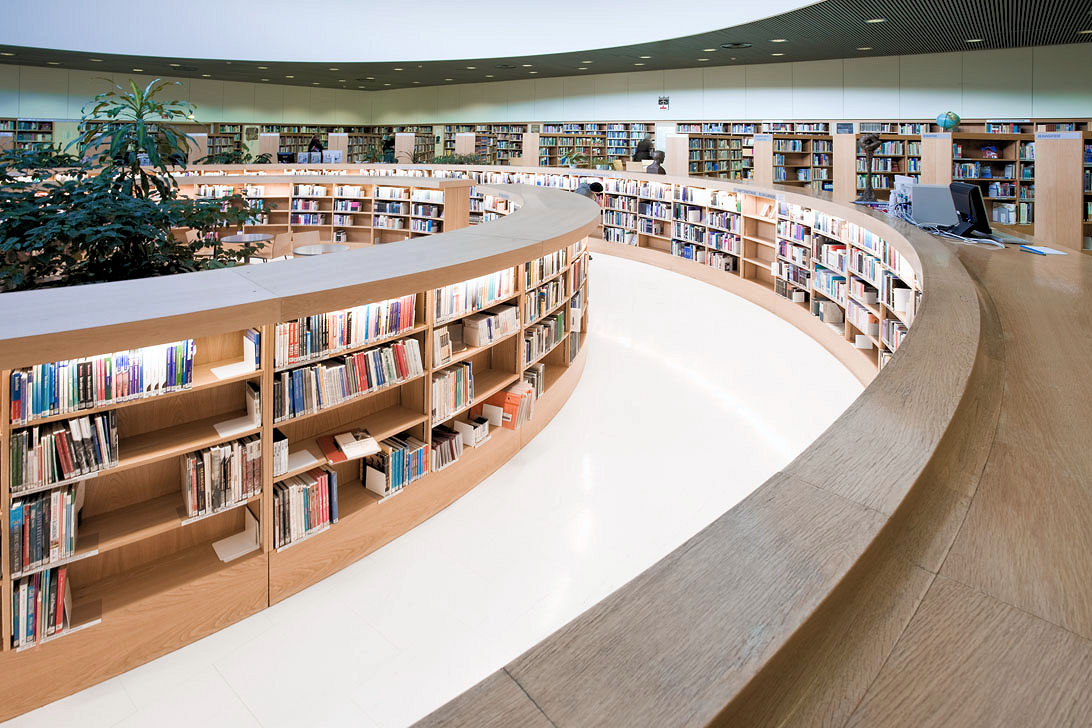Despite its remoteness, the western region of Finland can become a place attracting foreign tourists.
One of the most western regions of Finland is Pohyanmaa, or Osterbotten in Swedish, which is not a Mecca for foreign tourists today. From the Russian border, the region is located at a distance of half a thousand kilometers, and not many Russians, traveling in Finland, go so far. Osterbotten is separated from Sweden by the Gulf of Bothnia, which is currently not easy to overcome. The fact is that passenger traffic between the main city of the region Vaasa and Sweden is practically negated. Three or four flights a week is very little.
For the inhabitants of Central Europe, the journey to the west of Finland is too difficult. First you need to get to the northern regions of Sweden, and there already wait for the ferry and follow the sea route to Vaasa.
However, despite all the objective obstacles, the flow of tourists arriving in Osterbotten from abroad tends to increase. Last year, the number of foreigners who visited Pohjanmaa has been the largest since 1999. In total, in the region with a population of 180 thousand people in 2011, 39 thousand foreign tourists visited. And we are not talking about all, without exception, traveling, but only about those who stayed overnight.
If we talk about individual states whose citizens are in the region, then Estonia should be singled out. The growth in the number of guests from this country last year was the most significant. They arrived in Osterbotten three times more than the year before. In fairness, it must be said that the majority of Estonians arriving in the west of Finland have work visas and are construction workers. In 2011, the construction of a large waste incineration plant began in Osterbotten, which was one of the main reasons
influx into the field of Estonian workers.
But, of course, it cannot be said that Estonians are here only for work. Hundreds of Estonian citizens come to Pohjanmaa for purely tourist purposes. Only in December, when direct air service between Tallinn and Vaasa was organized, 570 Estonian tourists arrived in Ostrebotten. For all this, non-Estonians are leaders among the countries whose representatives most often come to Pohyanmaa. In this regard, Sweden is traditionally leading, although the number of Swedish tourists is slowly but steadily decreasing. Only last year there was a slight increase in the influx of Swedish guests in Vaasa and its surroundings. For the year they arrived in Osterbotten more than seven thousand people. This is three and a half times more than Estonians. Nevertheless, this figure looks more than modest in comparison with the figures of the 1970s, when about 30 thousand Swedish tourists arrived in the western region of Finland every year.
One can only wonder why the interest of the Swedes in traveling to the west of Finland is declining. At the very least, shopping might be a significant motive for coming from Sweden to the opposite shore of the bay. In the range of goods, especially clothing, in terms of prices and quality of service, shops in Vaasa and other places in Pohyanmaa are, for the most part, even surpassing many Stockholm shops. In addition, all the vendors here, in addition to Finnish and English, are fluent in Swedish.
Currently, the Russian language has also been introduced in the service sector of Osterbotten. Russian tourists are no longer exotic for these places, but remain still relatively rare guests, although their number is constantly growing.
In order to make this increase even more significant, certain measures are taken. In particular, in each hotel at least one of the staff representatives speaks Russian. Russians are welcome guests, because they actively visit stores and leave more money in them than travelers from other countries.
But so far Russian tourists are not even among the top three in terms of their visits to Osterbotten. After the Swedes, the most numerous guests in the region are the Germans. About three thousand people come here every year. To the west of Finland, the Germans are most likely attracted by the local nature: island archipelagoes, forests and lakes, which are not under pressure of a large population, as is the case in Germany and other European countries.
In addition to nature and beautiful shops, Osterbotten is able to attract tourists as a cultural center. In spring and summer, there are many interesting cultural events organized here, including major exhibitions, an international choral festival, international football competitions for the Vaasa Cup, the famous Korsholm music festival, and the traditional arts night in Vaasa.
In conclusion, you need to point out one interesting point. Not being a leader among the regions of Finland in terms of tourism business, Osterbotten is one of the main centers of business tourism. A developed economy region is attracting.

















































